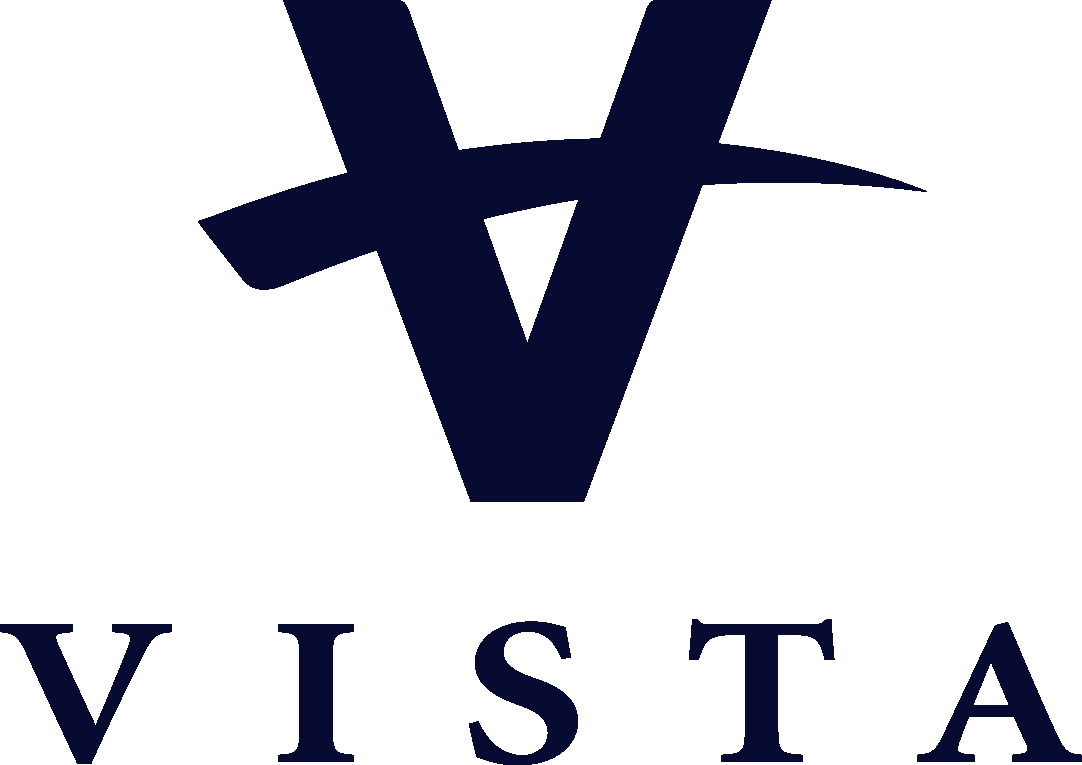This article is featured in the 2024 FCLTGlobal Blue Book, a collection of real-world examples of how our members are putting long-term strategies into practice today. We hope that these practical illustrations will inspire others to embrace the mission of focusing capital on the long term. Learn more >>
CPP Investments is a global investor with a driving purpose: to contribute to retirement security for generations of Canadians. We know that successfully investing for the future requires skillful risk management and a scalable approach to uncovering opportunities. Today, there are more factors to consider when deploying capital than ever before. One of those many factors is sustainability. We carefully consider business-related sustainability factors at every stage of the investment process to maximize opportunities and mitigate risks.
Reducing emissions and building value in our portfolio through our Decarbonization Investment Approach
CPP Investments has committed our portfolio and operations to be net zero of greenhouse gas emissions across all scopes by 2050. A company’s ability to navigate the transition to net zero has an enormous impact on its future value. Recognizing this, a key part of our net-zero commitment is our Decarbonization Investment Approach (DIA), which we introduced in December 2021 to seek attractive returns from assisting business transformations in high-emitting sectors. Our DIA is rooted in our belief that the only way to comprehensively decarbonize the real economy is to empower capital market participants to finance emissions reductions. While we may choose not to invest in particular companies on a case-by-case basis, we will not engage in blanket divestment that excludes investing in entire sectors of the economy – especially when those sectors need more help transitioning, not less. Blanket divestment also risks missing out on potential returns as these sectors adjust in response to regulation, economic incentives, and shareholder engagement.
In 2023, we implemented our DIA on more than ten companies in our portfolio, spanning the real estate, infrastructure, agriculture, energy, and tourism sectors. We partnered with portfolio companies to help them reduce emissions from their operations, deepen our understanding of sector-specific decarbonization levers, and enable ourselves to create decarbonization playbooks for a broad range of sectors while creating long-term value. The CPP Investments Insights Institute recently published the Road to Zero: Decarbonization Investment Approach Progress Report. The report provides details on our DIA, including how we chose the initial cohort of companies, as well as early insights from our ongoing efforts to decarbonize our portfolio at scale. We do this by supporting portfolio companies as they define their climate ambitions and explore the best decarbonization pathways to achieve those goals. The DIA offers a rigorous and structured three-step process to yield comparable results that can be refined by sector. This process includes establishing the company’s emissions baseline and trajectory, assessing the current and projected abatement capacity, and defining a bespoke decarbonization action plan.
Early learnings from our Decarbonization Investment Approach
Our learnings confirmed that while companies in similar sectors and geographies may share similar emissions drivers, there is no such thing as a “one-size-fits-all” decarbonization action plan. Furthermore, decarbonization requires a full-company transformation – both top-down engagement, from the board and C-suite, as well as involvement across multiple departments such as finance, procurement, operations, and facilities. Similarly, in order to ensure decarbonization plans are integrated into the company’s business plans, it is important to make them actionable by formulating metrics to track progress and results.
While all the companies in our initial cohort uncovered interventions that could quickly reduce emissions, their decarbonization opportunities differ considerably in terms of feasibility and cost, based on their individual circumstances. At a macro-level, however, clear insights emerged about the decarbonization opportunities and barriers companies face:
- Efficiency is always the most economic decarbonization lever and provides breathing room to develop the final transition plan while engaging the entire employee base in the company’s decarbonization efforts;
- Companies can take scope 2 emissions reduction in their own hands. As global efforts to decarbonize grids are underway, the use of off-site offtake agreements, such as power purchase agreements (PPAs), serve as a strong near-term solution for emissions reductions;
- In instances where technology maturity and/or costs of low-carbon solutions are unfavorable but quickly evolving, bridge solutions should be explored to buy time as new technology improves. Examples such as drop-in biofuels, purchase of bio-gas, and in some cases, extension of the useful life of equipment can provide a sufficient time buffer until new low-carbon equipment becomes commercially available; and
- Uncertainty around solutions goes deeper than technical maturity. While many companies highlight the technical challenges of certain decarbonization solutions, e.g. carbon capture, utilization, and storage (CCUS) and Green H2, there are also several supply-chain dynamics that place additional uncertainty on their adoption. For example, while the technology for CCUS is still evolving, there is uncertainty around storage and usage of captured carbon and associated permitting that is required for the technology to be deployed at scale.
Integrating sustainability considerations into all phases of the investment life cycle is fundamental to CPP Investments’ commitment to reducing emissions in our portfolio and creating long-term value for contributors and beneficiaries. Based on our efforts to date, we believe that our Decarbonization Investment Approach can strengthen and accelerate our ability to meet that commitment.


